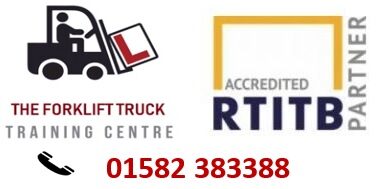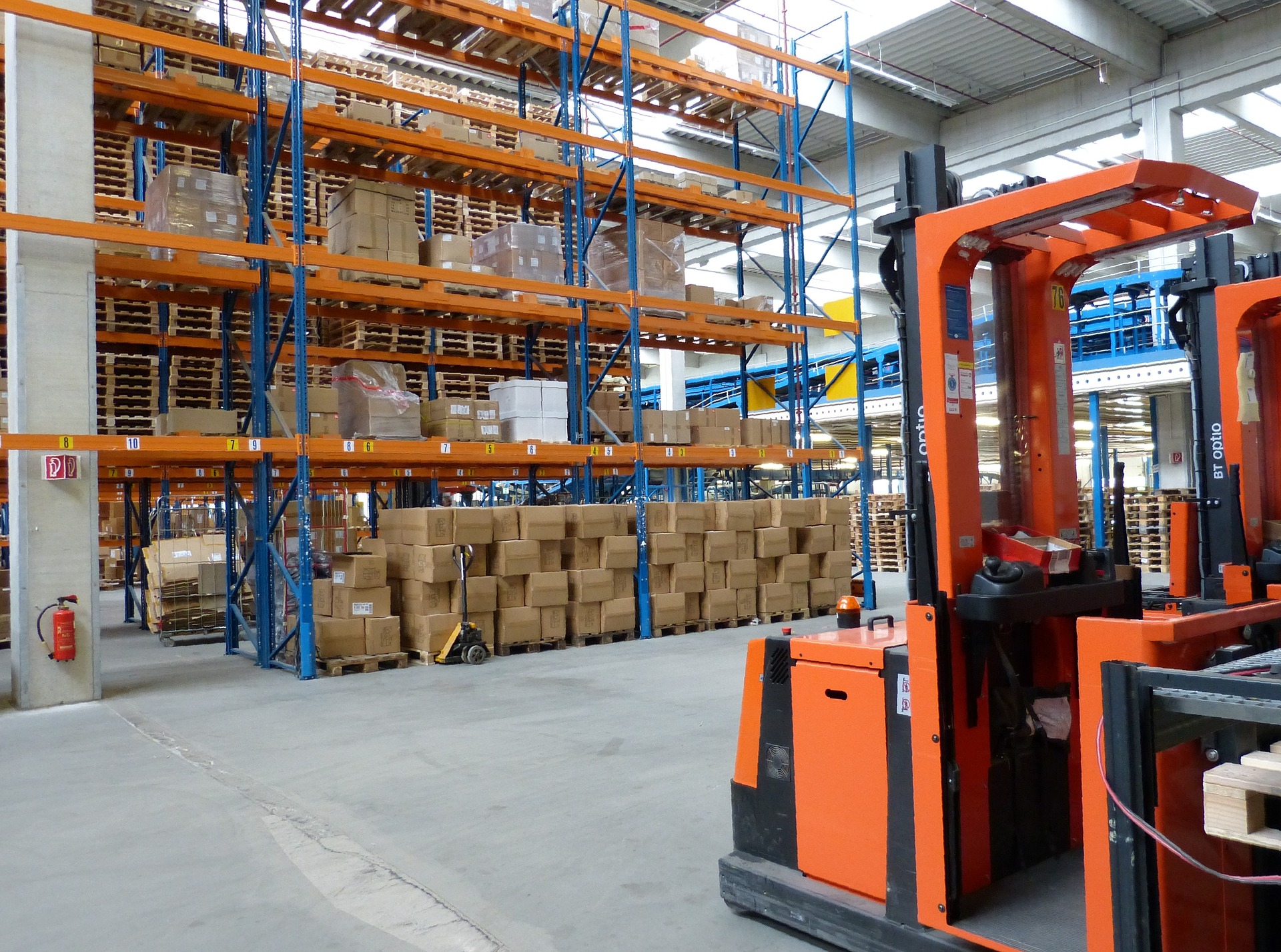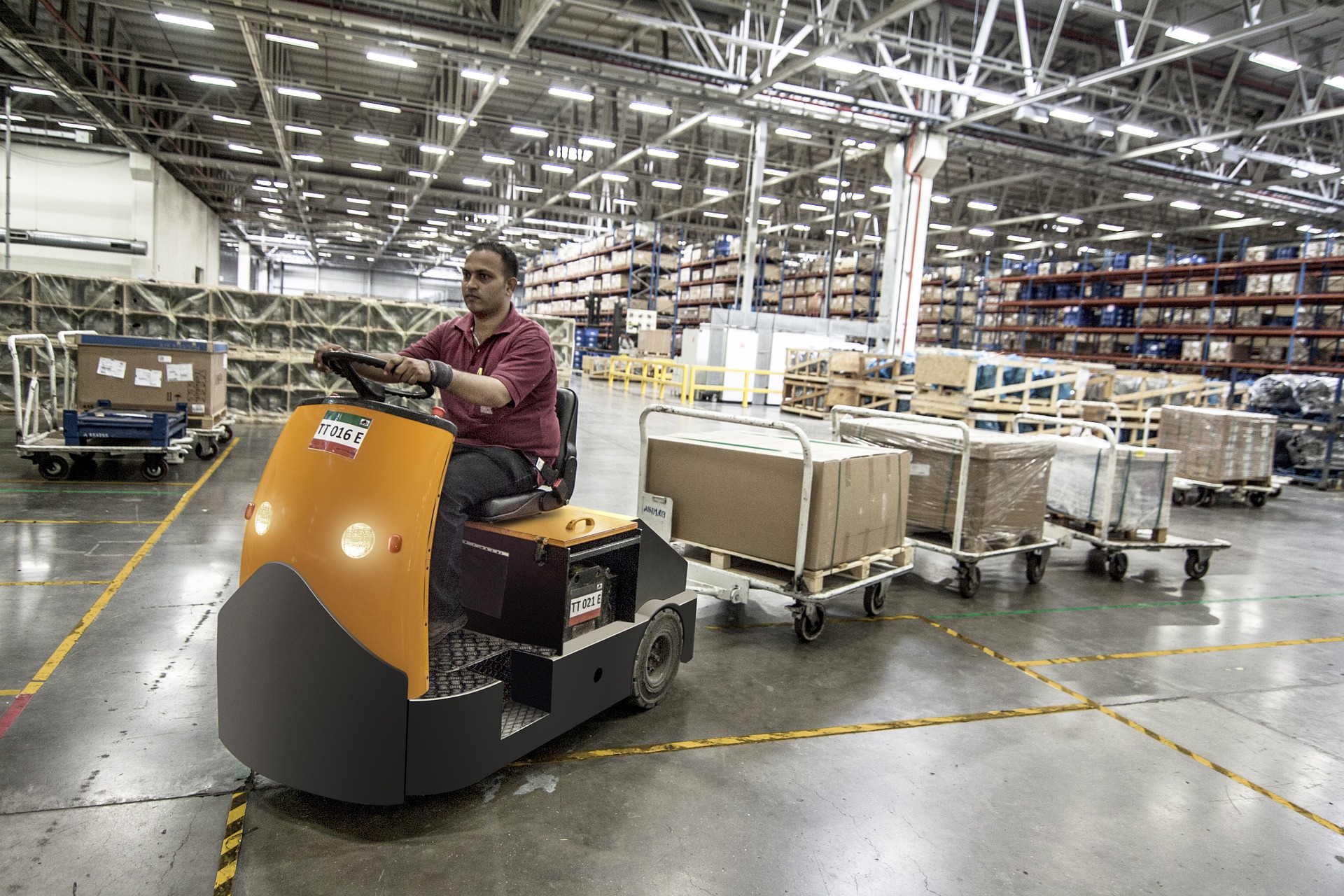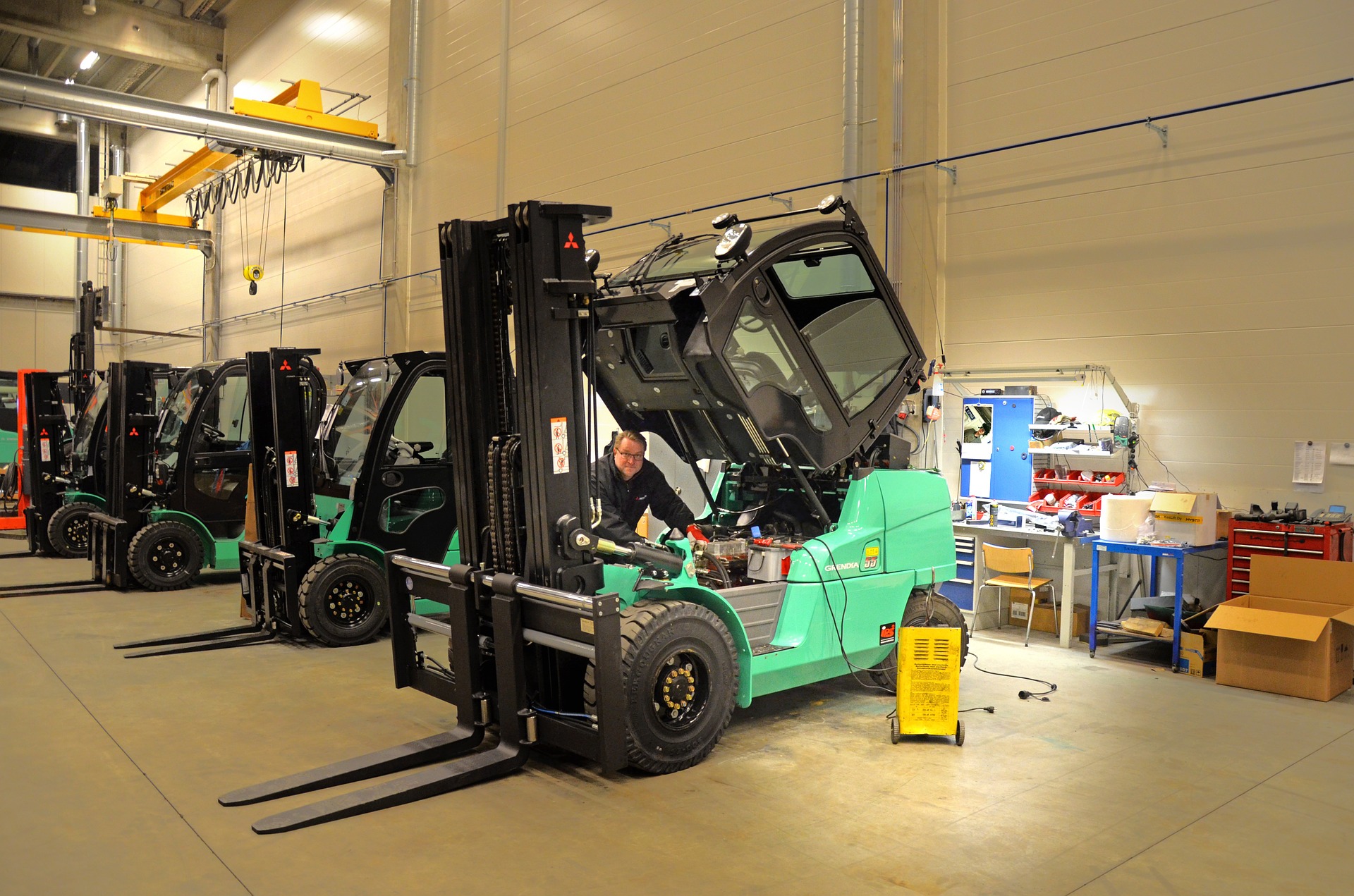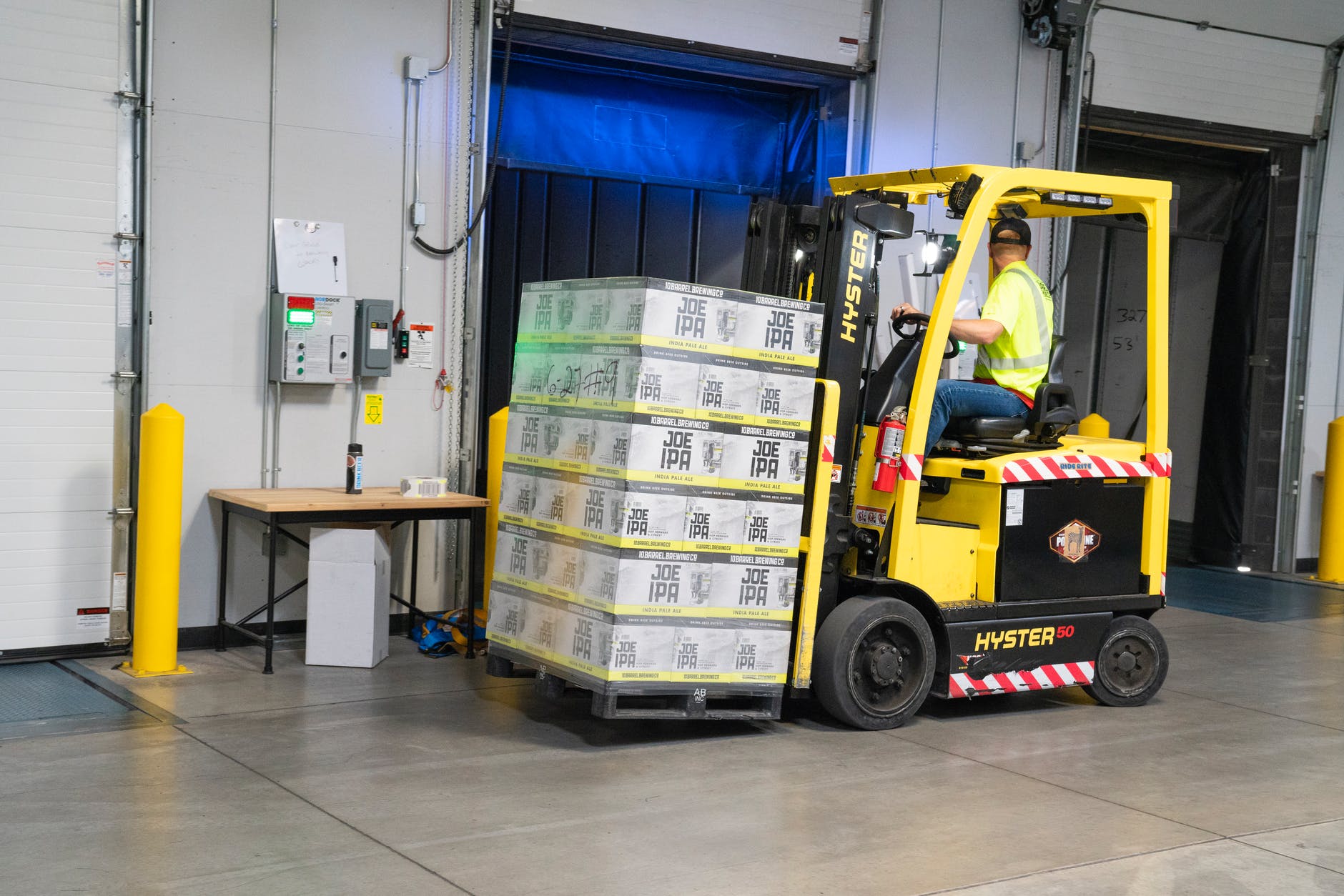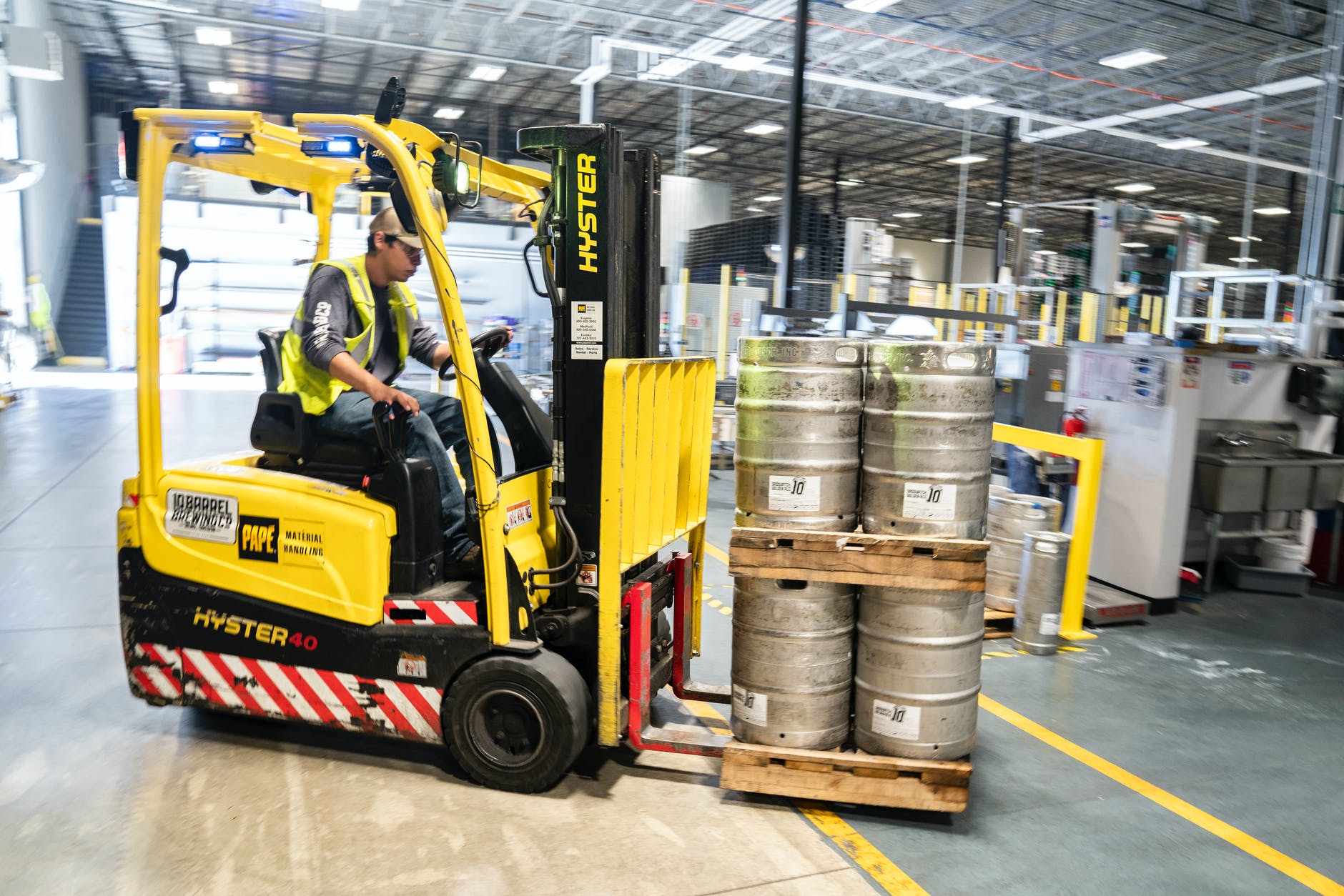Forklift operation is a hugely important role with lots of responsibility. Getting your licence to drive a forklift is just part of the story though – here’s our top tips for being a better (and safer) forklift operator.
Check your equipment before you start. Even if someone else has been using the equipment before you, don’t assume that everything has already been checked and therefore is in top working order. Forklifts can be dangerous, so make sure you conduct a thorough inspection before you start – even if you’re in a rush!
Maintain your focus at all times. Once you’re qualified as a forklift operator it’s likely you’ll work with less supervision – make sure you practise staying focussed and safe at all times.
Stick to the rules. That means don’t overload your forklift at any time – know exactly how much weight your forklift can take and don’t go over it, otherwise the forklift can become unsteady. Keep an eye on your steed over ramps and around corners, and take your time!
Take your time when getting on and off your equipment. If you miss a step or take it too fast you could cause yourself an injury.
For more information about our forklift training services, contact us on 03333 442949 or paula@wetrainflt.co.uk.
